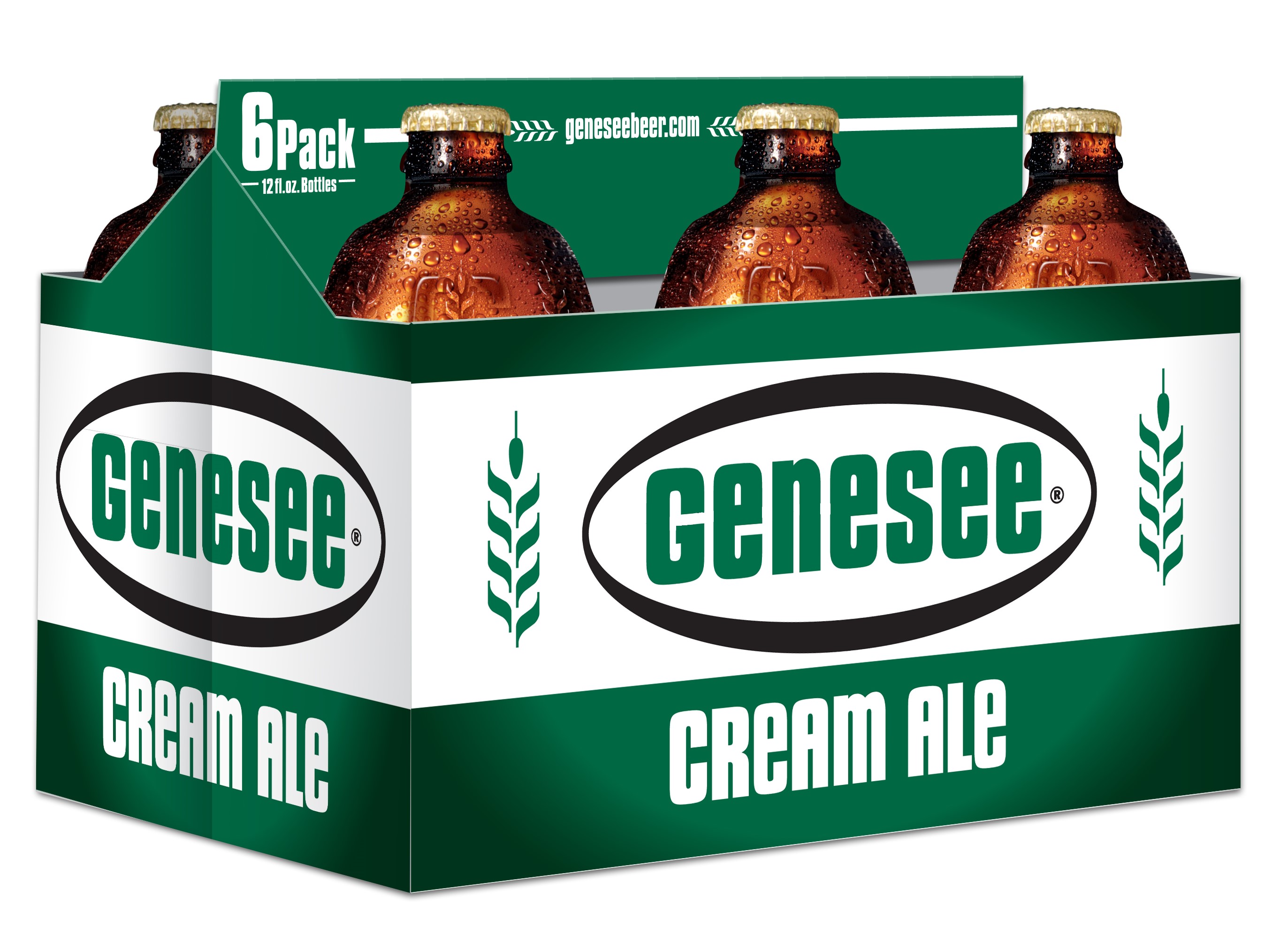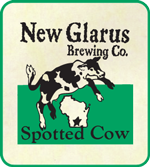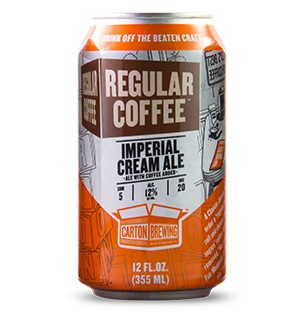 You might get the impression that we, the beer gurus of ACB, understand all there is to know about beer, yet we’re still learning, just like anybody else. And it’s this thirst for knowledge that drives us to dig deeper into the stories behind the beers we drink, thus protecting you from the embarrassment of not knowing what exactly it is you’ve decided to pour in your mouth.
You might get the impression that we, the beer gurus of ACB, understand all there is to know about beer, yet we’re still learning, just like anybody else. And it’s this thirst for knowledge that drives us to dig deeper into the stories behind the beers we drink, thus protecting you from the embarrassment of not knowing what exactly it is you’ve decided to pour in your mouth.
As the days and blades of grass grow longer, so too grows our need to stay hydrated whilst pushing heavy machines across the yard. Yet having a beer called a Cream Ale doesn’t exactly sound like the best option to satisfy that thirst. Or does it?
Good thing you’ve tuned into the latest episode of our ongoing series (drum roll please…) “What the Hell Is a Cream Ale?”
The Basics:
With the huge influx of German immigrants in the late 19th century, the popularity of lager and pilsner styles exploded, especially throughout mid-America. Due to generally colder temps and local preference, Northeastern brewers were predominantly ale brewers, so they hatched a strategy to keep up.
 Prior to prohibition many NE brewers brewed a light bodied ale known as a “present use” ale (it was not made to sit on the shelf), which is effectively what a Cream Ale is: a cold fermented ale. Much like the cold-fermented kölsch ale brewed in Cologne, Germany, the top fermenting Cream Ale is light bodied, has fewer fruity esters and neither malt nor hops prevail.
Prior to prohibition many NE brewers brewed a light bodied ale known as a “present use” ale (it was not made to sit on the shelf), which is effectively what a Cream Ale is: a cold fermented ale. Much like the cold-fermented kölsch ale brewed in Cologne, Germany, the top fermenting Cream Ale is light bodied, has fewer fruity esters and neither malt nor hops prevail.
Though a cream ale differs from the kölsch in one major way: the addition of rice and/or corn adjuncts to lighten the body. Historically, the dominant cream ales of the Northeast have been Narragansett from Rhode Island and Genesee from Rochester, NY, yet since prohibition they’re brewed nationwide with Rainier, Olympia, Old Style and even Natural Ice technically fitting the definition.
So, if you bought a cream ale in the hopes that it would be creamy or maybe even a dark malted beer, you’re probably not the first or last to do so. We get this disappointment, yet as we speak, those brewing cream ales are changing the style as we know it.
Cream Ales We Like and You Should Try:
 Spotted Cow, New Glarus Brewing(New Glarus, WI) – We love this beer because it doesn’t seem like a traditional cream ale. Though it is brewed with corn, it’s also unfiltered, cask-conditioned and weighs in at a crushable 4.8%.
Spotted Cow, New Glarus Brewing(New Glarus, WI) – We love this beer because it doesn’t seem like a traditional cream ale. Though it is brewed with corn, it’s also unfiltered, cask-conditioned and weighs in at a crushable 4.8%.
Cali Creamin’ Vanilla Cream Ale, Mother Earth Brew Co.(Vista, CA) – This North San Diego County brewer has seized on the cream ale style and amped up the cream quotient. More like a cream soda, it’s got a subtle vanilla flavor at a mellow 5.2% octane which pairs perfectly with a trip to the beach.
 Regular Coffee, Carton Brewing (Atlantic Highlands, NJ) – While an imperial coffee cream ale isn’t exactly in line with the BJCP Style Guide, we were blown away by their line of three 12% ale varieties. The Regular Coffee (a Jersey “milk + 2 sugars”), Irish Coffee (Regular finished on Irish wood + peppermint) and Café Y’ Churro (Regular with vanilla + cinnamon) are not to be missed if you can get your hands on them.
Regular Coffee, Carton Brewing (Atlantic Highlands, NJ) – While an imperial coffee cream ale isn’t exactly in line with the BJCP Style Guide, we were blown away by their line of three 12% ale varieties. The Regular Coffee (a Jersey “milk + 2 sugars”), Irish Coffee (Regular finished on Irish wood + peppermint) and Café Y’ Churro (Regular with vanilla + cinnamon) are not to be missed if you can get your hands on them.
Kiwanda Cream Ale, Pelican Brewing (Pacific City, OR) – Residing just adjacent to Cape Kiwanda, Pelican’s location on the Oregon coast is something to behold. So too is their 5.1% cream ale of the same name, which has single-handedly raked in 8 GABF medals, including four golds.
Our Take:
When one looks at the history and the general disregard many have paid to what has traditionally been an inexpensive, mass produced style, it’s now all the more impressive to see our artisanal brewers taking on the style without abandon. So, whether you prefer a light, cold and inexpensive ale that breaks from the lager mold or many of the great new options arriving daily on the craft scene, you’re sure to be surprised by this uniquely American, cold fermented ale.
 American Craft Beer The Best Craft Beer, Breweries, Bars, Brewpubs, Beer Stores, And Restaurants Serving Serious Beer.
American Craft Beer The Best Craft Beer, Breweries, Bars, Brewpubs, Beer Stores, And Restaurants Serving Serious Beer.
